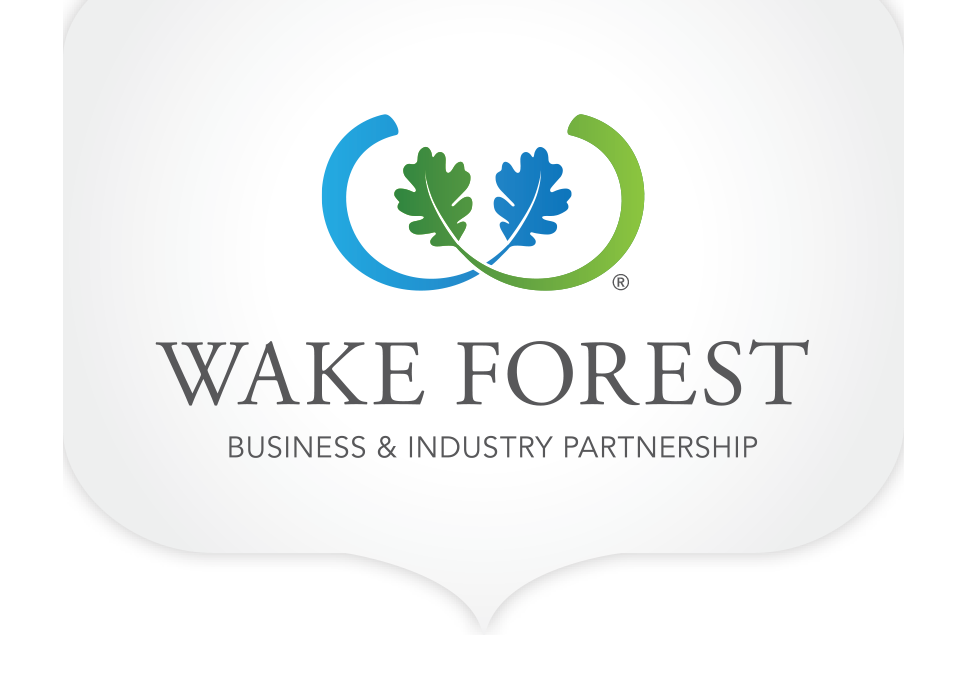Just nine months after Mayor Vivian A. Jones joined state and federal transportation officials to unveil a $1.1 billion high-speed rail extension from Raleigh to Wake Forest, engineers are showcasing various design ideas to the public for an inter-modal transportation center that will serve passengers arriving and departing.
A weeklong series of public-input sessions has invited the community to review and comment on design plans for a “mobility hub” that would be part of the S-Line Project. The initiative is anticipated to significantly impact Wake Forest’s local economy, tourism sector, and community.
“We’re probably hitting 150 to 200 people total,” said Mike Rutkowski, a principal with Stantec, a global engineering, architecture, and environmental consulting firm based in Raleigh. Stantec is working closely with the NC Department of Transportation and the Town of Wake Forest. “The majority of attendees have come from downtown Wake Forest, including many business and property owners,” Rutkowski said. “We’ve had a lot of Town staff, too.”
The purpose of the Open House, which builds on previous surveys and focus groups, aims to collect public input on the development of the hub and the types of services and amenities it would feature. The Renaissance Centre and Northern Wake Senior Center hosted the all-day events during the week of August 26.
Among the displays included public parking maps showing the number of available spaces on both weekends and weekdays. Although the mobility hub will be developed on what is now a half-acre parking lot on S. White Street, it is not expected to create new downtown parking challenges. In 2022, for example, town voters approved a bond package that includes funding for a multi-story parking deck in the northeast corner of Elm Avenue and S. White Street. “There are also ways to improve the management of existing parking resources with better signage and way-finding apps,” said Rutkowski, who has helped municipalities across the country complete similar initiatives.
The mobility hub property would extend across both sides of the new tracks and be connected by an elevated pedestrian bridge with stairs and elevators. “Everyone wants this to look and feel like the rest of downtown,” Rutkowski said. A “kiss and ride” area would include space for ride-sharing services and local transit shuttles. The center will feature a ticketing area, restrooms, a café, indoor and outdoor seating areas, and greenspace for events like yoga classes. The three-story hub will also offer leased retail and office space.
“I was really excited about the design work they’ve done,” said Wake Forest Mayor Vivian Jones, who attended each day of the Open House to gather feedback from attendees. “I was very pleased with the comments from the citizens who came in, and I read all the notes,” she added, referring to the plethora of yellow sticky notes participants posted on design drawings. “There seemed to be a very positive response to it.”
Jones believes that placing the mobility hub Downtown will maximize the S-Line’s viability as a tourism driver and quality-of-life asset for Wake Forest. “I realize we’re going to have to deal a little bit with parking, but I think we can figure that out as we go along,” she said. In collaboration with Jones, NCDOT and Stantec are working closely with the Wake Forest Planning and Finance departments. “The next step is to secure funding for construction,” she said. NCDOT is applying for grants that will support the S-Line initiative. “The Town won’t have to cover the entire cost, but a matching contribution is required,” Jones explained. The U.S. Railroad Administration is providing the bulk of the project’s funding.
The S-Line will initially extend The Piedmont service 17 miles from Raleigh’s Union Station to Wake Forest. Amtrak operates the popular 173-mile train route which is owned and subsidized by the state. Launched in 1995, The Piedmont currently makes three daily roundtrips between Charlotte and Raleigh. With the expansion, Wake Forest will join seven other North Carolina municipalities as stops for The Piedmont, serving recreational and business travelers, as well as daily commuters. “The economic impact will be substantial,” said Mayor Jones. “It’s going to be transformative.” Jones is surprised by the progress state officials have made in pushing the project forward. “They want to get it done as quickly as possible.”
The S-Line will ultimately extend into southern Virginia with additional stops in Youngsville, Franklinton, Henderson, and Norlina. The initiative is part of a broader federal effort to improve passenger and industrial rail connections between Atlanta and Washington, D.C. Currently, a small amount of local freight traffic passes through Wake Forest, but industrial service between Raleigh and Richmond is now routed through Rocky Mount, adding time and expense to the trip.
“It’s possible that the S-Line initiative is the most important economic development project in Wake Forest across the next decade,” said Jason Cannon, President of the Wake Forest Business & Industry Partnership (WFBIP). “It’s going to have a multi-dimensional impact on commerce, industry, tourism, and our quality-of-life,” Cannon said, adding that extensive public input is crucial to ensuring the S-Line’s positive benefits will be spread as broadly as possible. “It’s so important that everyone has a chance to weigh in with their hopes and concerns for this pivotal project,” he said.
The mobility hub planning phase is expected to extend into 2025. Additional information can be found at https://tinyurl.com/yumvt2ph.






